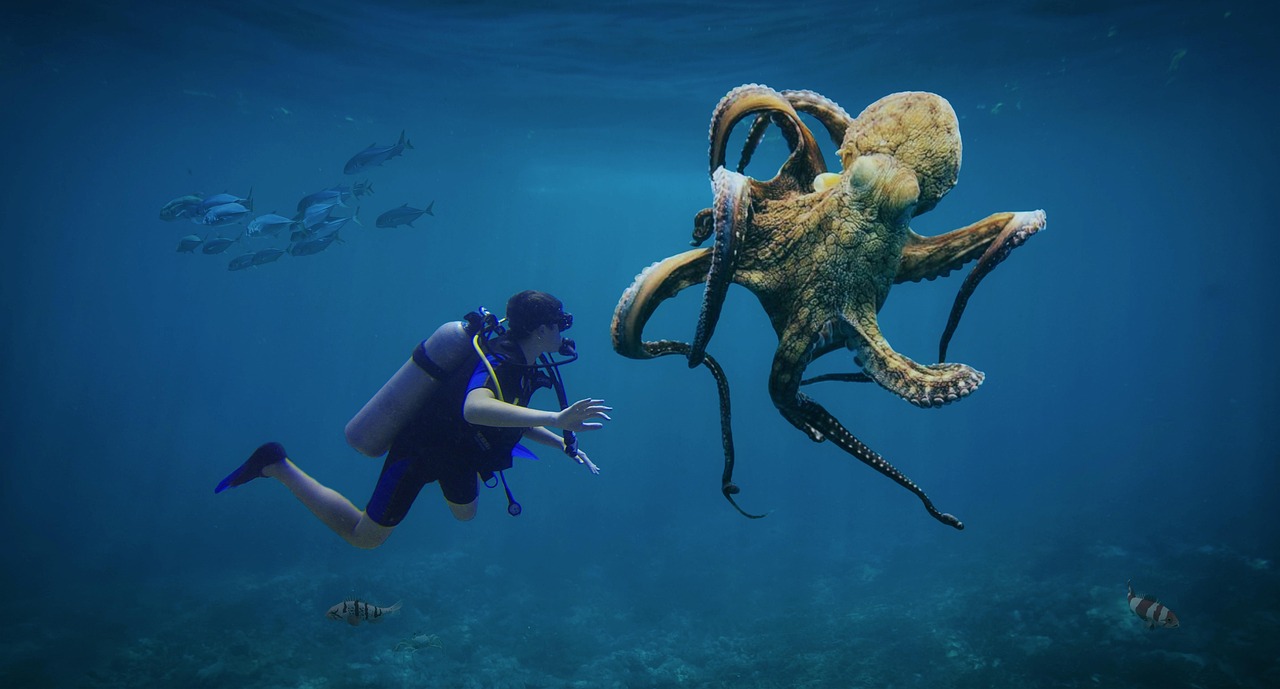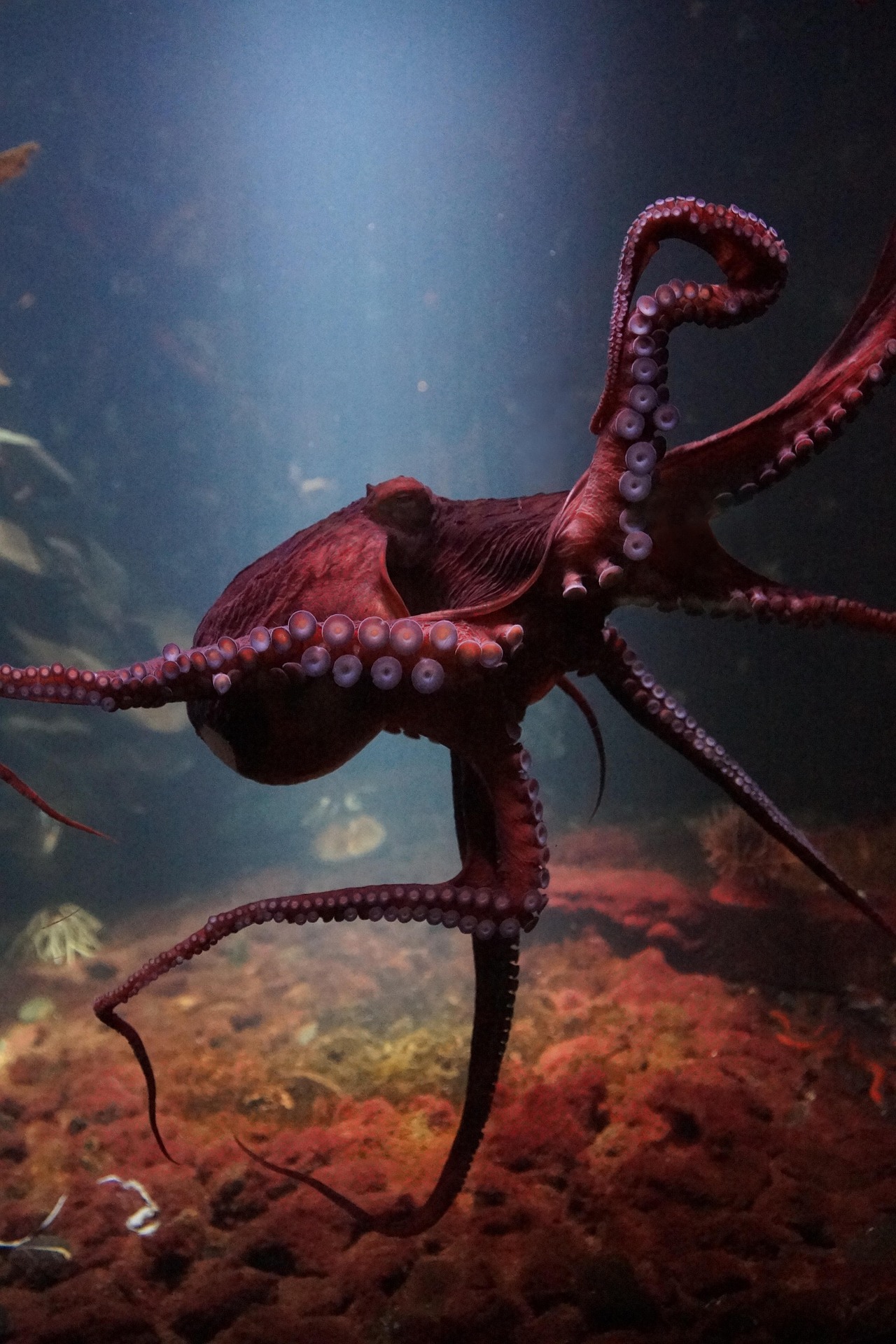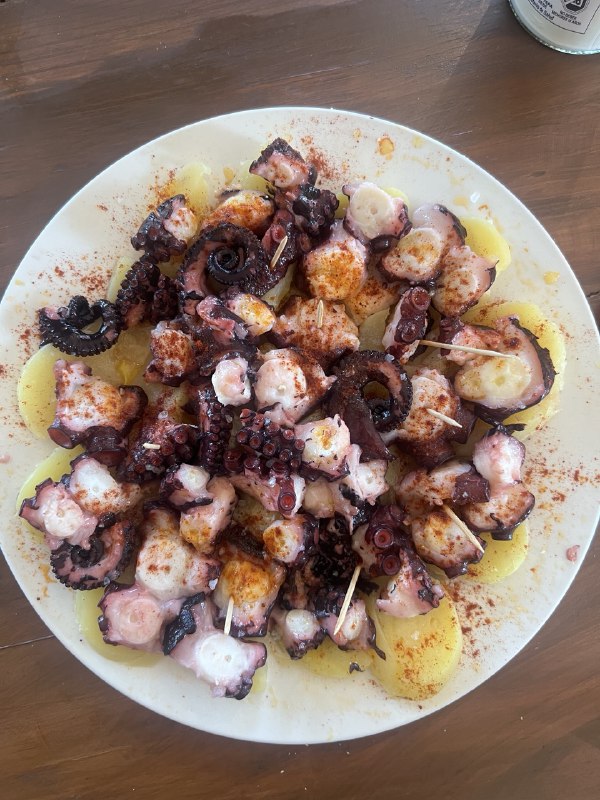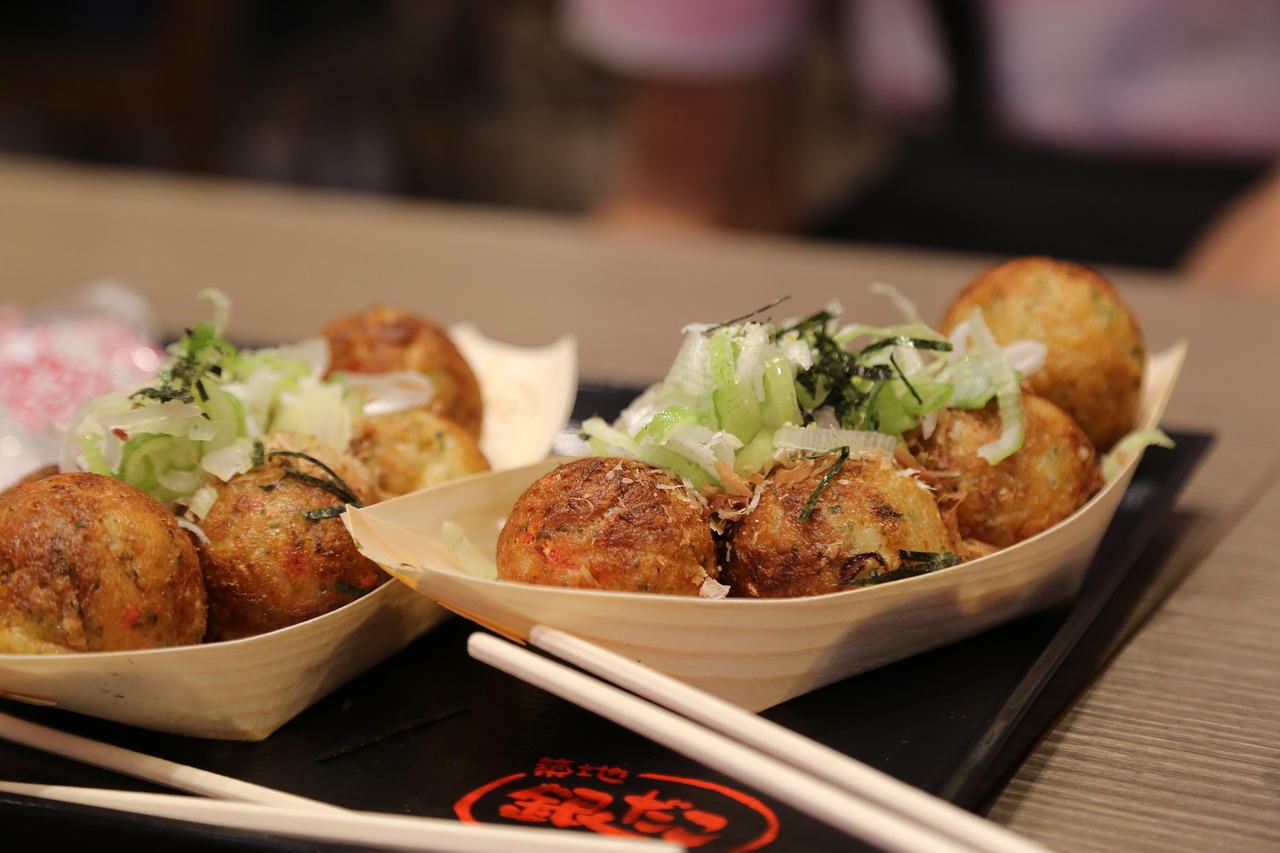
The octopus is much more than a marine mollusk: it's a prodigy of nature, with abilities that border on science fiction and a culinary history that has taken it from the depths of the ocean to the most sophisticated dishes in the world. In this article we tell you where it lives, what it's like, why it's so fascinating and how you can enjoy it in Paraguay too.
Where does the octopus live and what does it feed on?
Octopuses belong to the order *Octopoda*, within the cephalopod family. They are found in all oceans, from shallow tropical waters to abyssal regions. They prefer rocky areas, reefs and sea floors with natural hiding places.
They are carnivorous and feed mainly on fish, crabs and mollusks. They use their tentacles with suction cups to catch their prey and break them down with a beak similar to that of a parrot.
Depending on the species, their life can be short (6 months in small species) or reach up to 5 years, as in the case of the giant Pacific octopus. As for size, they can weigh from 1 kg to more than 15 kg, with arms that exceed 4 meters in length.
Within the cephalopod family, the octopus shares characteristics with other marine animals such as squid and cuttlefish (also known as sepia). Squid has a more elongated body, ten arms (eight short ones and two longer tentacles) and moves with great speed thanks to its hydrodynamic shape. Cuttlefish, on the other hand, has a wider and flatter body, an internal shell called cuttlebone, and like the octopus, is capable of changing color and texture to camouflage in the environment.
Octopus curiosities that make it unique

Extraordinary characteristics:
- Multiple brains and hearts: The octopus has a unique nervous system: it has nine brains (one main one and one in each tentacle), which allows it to move each arm independently. It also has three hearts: two that pump blood to the gills and one to the rest of the body. Its blood is blue, due to a molecule called hemocyanin, rich in copper, which allows it to transport oxygen in cold waters with little oxygen.
- Regeneration: If it loses a tentacle, it can regenerate it completely. During this process, new nervous and muscular structures develop without external intervention, demonstrating its incredible self-healing capacity.
- Expert camouflage: Its skin contains special cells called chromatophores, which allow it to change color, pattern and even texture in a matter of seconds. This ability serves it to hunt, hide or communicate with other octopuses.
- Notable intelligence: It's one of the most intelligent animals in the animal kingdom. It can open jars, solve mazes, remember solutions, and even learn by observation. In experiments, octopuses have been seen manipulating objects with precision, playing and even using simple tools.
- Defensive ink: When it feels threatened, it expels a cloud of dark ink that disorients the predator and allows it to escape. This ink contains an enzyme that can affect the sense of smell of whoever attacks it.
- Shape changing and passing through minimal spaces: The octopus body is soft, without internal or external skeleton, which allows it to slip through incredibly small cracks or holes, basically any opening through which its beak (its only rigid part) can pass. Octopuses have been documented escaping from aquariums or hiding inside bottles, coconuts or shells.
- Extreme reproduction: After mating, the male dies shortly after. The female deposits thousands of eggs in a cave or crevice, and spends weeks (even months) protecting, cleaning and oxygenating them without feeding. Once the eggs hatch, the female also dies, thus closing their brief but intense life cycle. For decades, breeding octopuses in captivity was a challenge, precisely because of this particular reproductive cycle, in addition to their demanding diet and intelligence.
Octopus in the kitchen: history and ways to prepare it
Since ancient times, octopus has been a valued food in cultures such as Greek, Roman and Japanese. In Spain, pulpo a la gallega or pulpo a feira is especially famous: cooked and served with olive oil, paprika and coarse salt. This is the version available at the Spanish food restaurant Chiringuito de Delicia, in the city of Luque.

It's also consumed:
Preparation methods:
- Grilled: ideal for a smoky flavor and crispy texture.
- In ceviches or salads: marinated in lemon or vinegar, served cold.
- In takoyaki: dough balls filled with octopus, typical of Japan.

Although Paraguay doesn't have access to the sea, octopus can be found in several supermarkets, usually in frozen format. In Asunción, some restaurants specialized in international cuisine like Pez de Mar Dulce offer it as part of their menu.
An intelligent delicacy
The octopus is a creature that fascinates both for its biology and its flavor. Versatile, nutritious and with history, it has earned its place in haute cuisine without losing its wild identity. Its unique abilities, intelligence, camouflage capacity or its multiple brains and hearts, have led scientists to describe it as an "extraterrestrial animal," capable of challenging what we understand by intelligent life.
And if all this weren't enough, in 2010 it achieved something unusual: becoming a star of the World Cup. The famous octopus Paul predicted the results from an aquarium in Germany, and although it was pure chance, it captured the attention of the entire world.
If you've never tried it, this might be the perfect time to give it a try... and if you want to keep discovering surprising foods and their secrets, we invite you to visit our blog.




